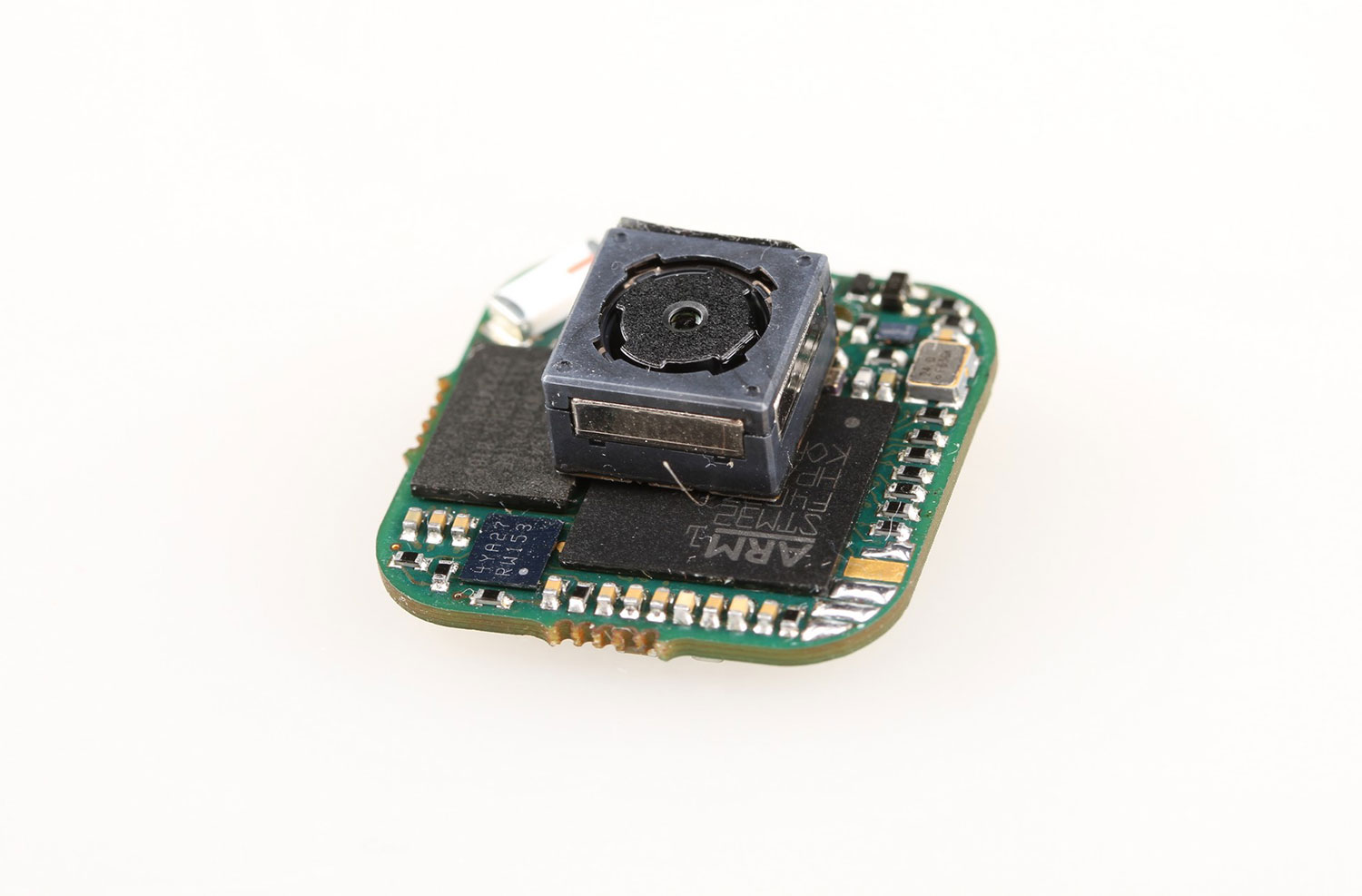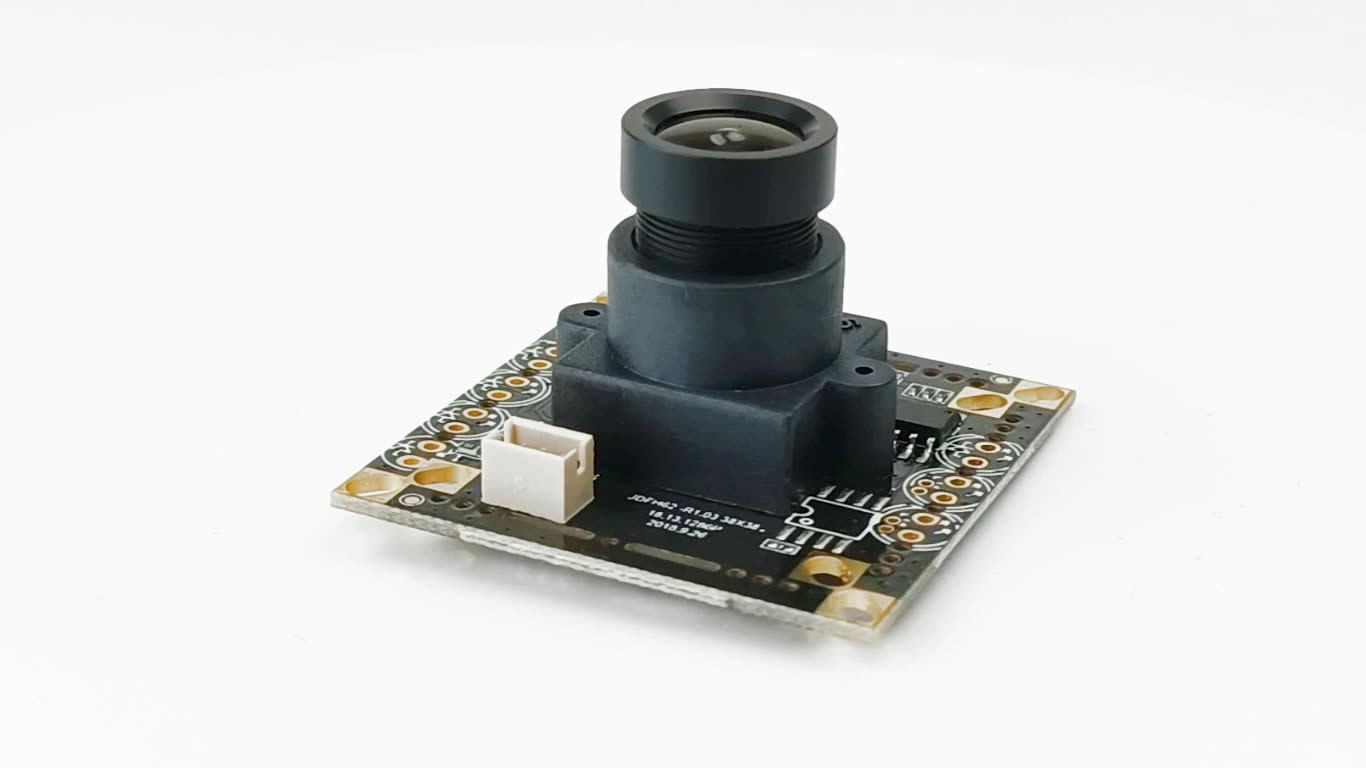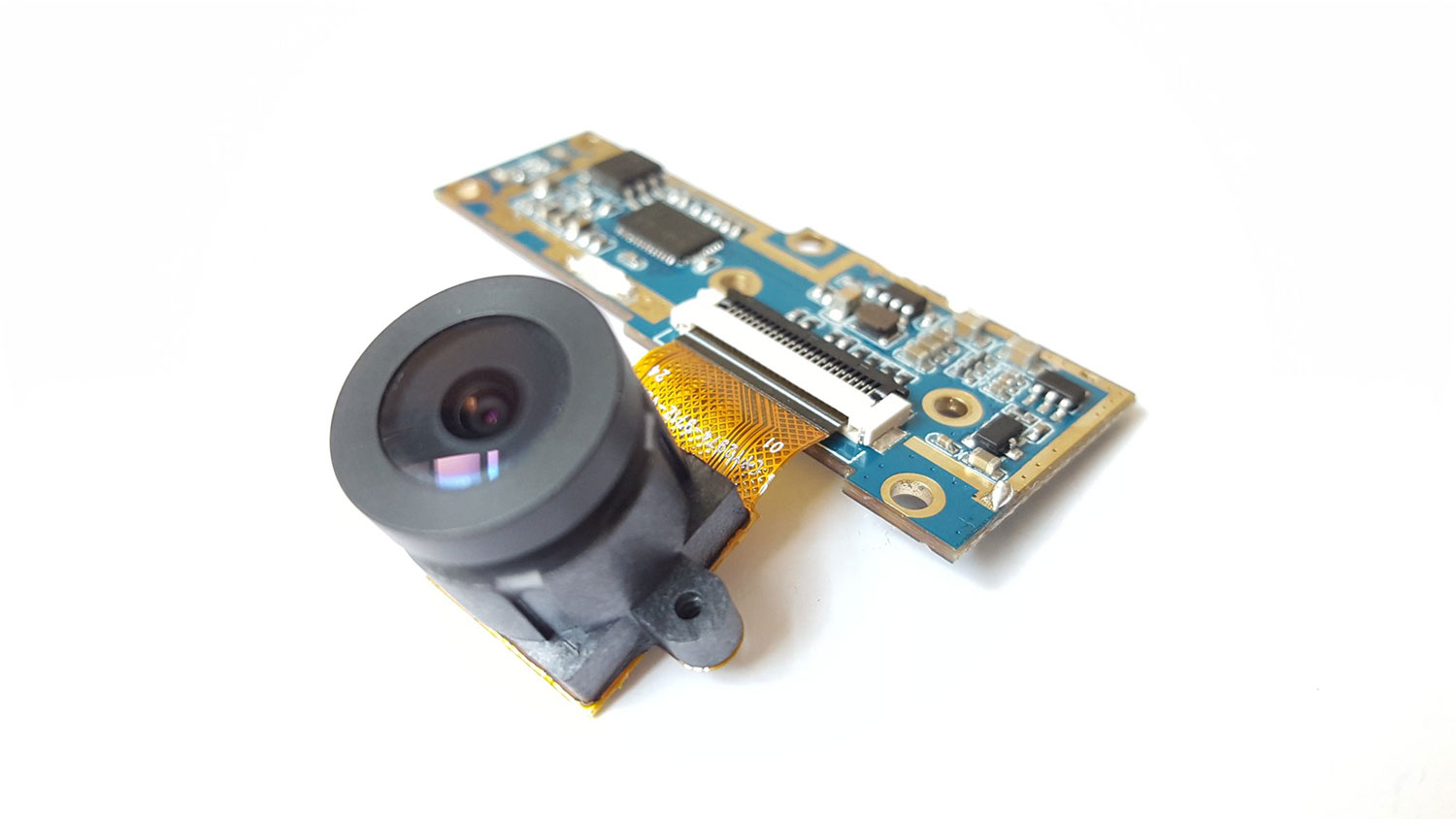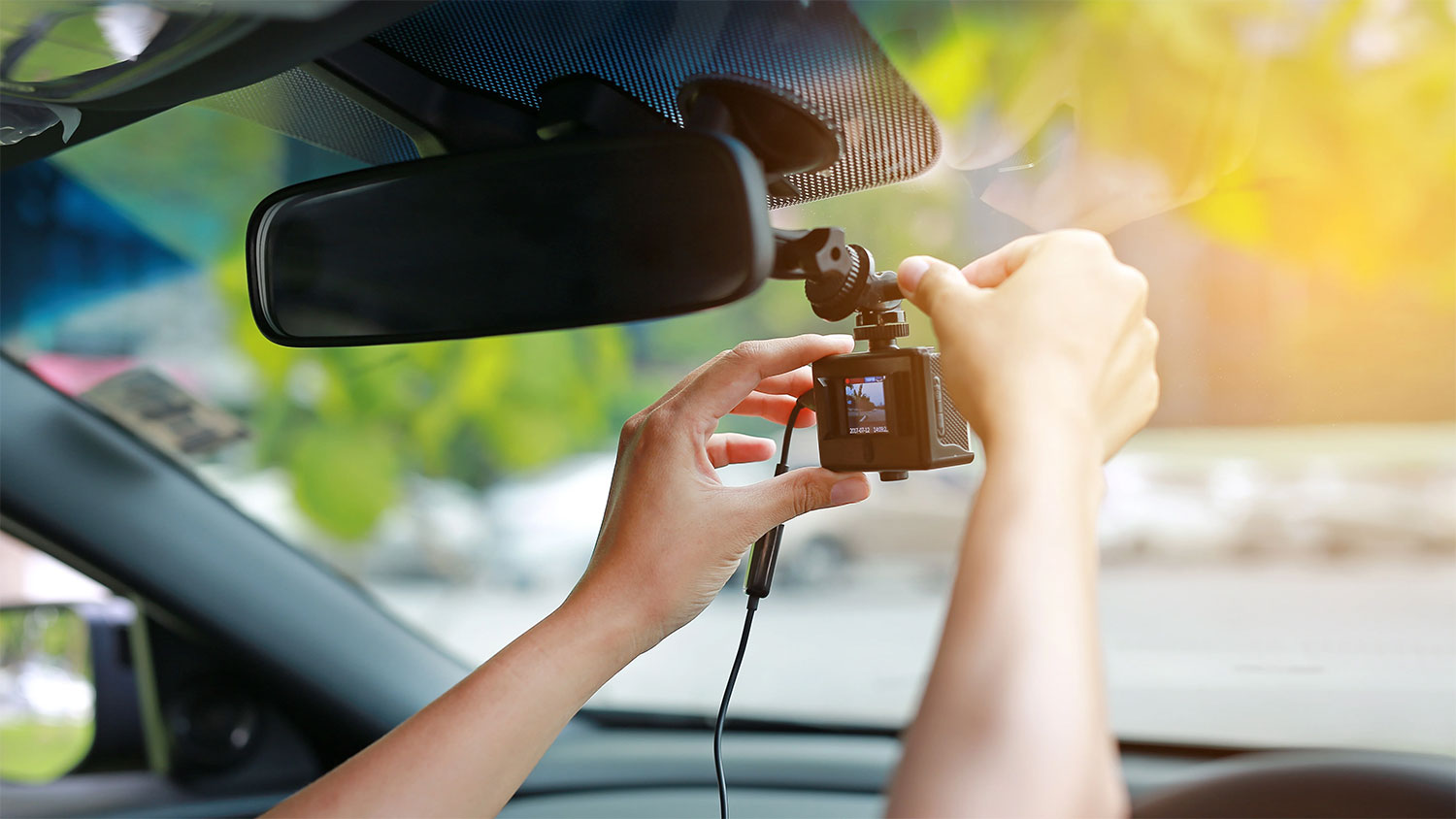
Support Team
Feedback:
support@nextpcb.comA PCB camera or a camera PCB is usually a small circuit board with a camera and other electronic components mounted on it. The PCB cameras, with their ability to assemble required parts such as optical devices and image sensors, Et cetera, provide the possibility to produce smaller devices. Hence, PCB cameras are quite favored and serve best in automobile, security & safety, and mobile phone industries.
Printed Circuit Board cameras are automated cameras that have their stuff, including optical recording devices, lenses, and image sensors mounted on the printed circuit board with input/output. To save space and fulfill the purpose of a PCB camera, most camera PCBs use a standard 1/3" format imager with an active area of 4.8mm x 3.6mm, with a diagonal size of 6.0mm. This sensor with a 4:3 ratio is one of the most commonly used formats in consumer and security cameras. In addition, the PCB camera widely uses CCD picture sensors. However, CID and CMOS sensors can also be seen.
The recording of a PCB camera is transferred through the input/output of the printed circuit board via a monitor. When combined with a programmable logic regulator, PCB cameras can serve as a visual or vision framework.

The quality of the camera plays a vital role in determining its efficiency. The different aspects of PCB camera quality need to be focused including video output, sensitivity, shutter speed/exposure, frame rate, resolution, and lens. Understanding these aspects can help you make informed decisions when selecting the best PCB camera for your needs. Let's dive into the details!
Generally, PCB cameras provide video output through a 75 Ohms composite yield. However, there are other options available. For instance, some cameras can send wireless signals in the presence of a power supply. In other circumstances, when memory is integrated with the circuit board, the option of the USB and Firewire is also available.
Depending on the fluctuating behavior of the image in dim light, the sensitivity of a PCB camera is calculated in lux. With respect to sensitivity, high-contrast cameras are slightly more sensitive than color cameras. However, some monochrome cameras can record a video or image in just 0.0003 lux. Hence, they are valid for safety & security and as mini spy cameras. On the other hand, color cameras require more light, a minimum of 0.3 flux.
The PCB cameras do not possess a screen in the visually appealing film feeling of the word, but instead, they utilize an electronic shutter that makes sure that the photo sensor captures a balanced picture. However, in the pin-hole cameras, the gap does not change. Hence, they lack preassigned exposure.
Frame rate points towards the frequency at which a camera records frame images per second. The frame rate for cameras may vary, but usually, they are around 30 frames each second. A higher frame rate of 50 or 60 indicates a smoother displayed video. As we know, PCB cameras are responsible for giving out the best impressions possible; the frame rate of its camera may consist of 60-100 frames per second. For example, the higher frame rates in PCB cameras help capture the number plate of a fast-moving vehicle. Hence, the cameras with higher frame rates are called high-velocity cameras. The high-velocity PCB cameras offer more satisfactory results for movement investigation than the casual cameras.
The resolution of a camera defines its picture quality; the higher the resolution of a camera, the higher its picture quality. The manufacturers do not expect higher resolution from a PCB camera. Usually, it has a poor resolution than a casual camera. In PCB cameras, a resolution of 700 TVL is outstanding, whereas 380-480 is adequate.
The camera lens directs the light to the film or a computer chip to form an image. Hence, it has a significant impact on image quality. As such, there is limited height in the PCB cameras, and pinhole cameras are an adequate option. Further, PCB cameras use only specific camera lenses. Some of them are Pinhole, Sized, and C & CS mount lenses.

Low-light or dim-light cameras serve the purpose of capturing high-quality images at places where the light is low, and conventional cameras fail to provide the desired results. In such circumstances, the low-light cameras gather the ambient light and embellish it enough to capture an image.
High definition is an advanced camera feature that provides brighter colors, higher picture resolution, greater frame rate, better color tones, and sometimes night mode. However, as we know, PCB cameras do not use for HD video recording, so this feature is less likely to be present in any of them.
Gamma correction defines the connection between a color value and its brightness. In cameras, gamma correction is a non-linear process for encoding and decoding luminance in videos and images. The primary application of gamma correction is to adjust brightness and color contrast in an image or video.
In photography, zoom refers to the concept of enlarging your subject without moving the subject or the camera. PCB cameras have wide applications in different industries. When selecting a PCB camera for yourself, its zooming capability is an important spec to look over, as the zooming requirement of a camera varies from application to application. In addition, optical zooms provide better resolution than digital zooms.
Progressive scanning also referred to as noninterlaced scanning, is a method of displaying, storing, or transmitting moving images in which all the lines of each frame or image are drawn in series/sequence. This technology of a camera lens enables high-resolution and smoother motion. Hence, the cameras powered with progressive scanning are beneficial for the application where an accurate output of moving objects is required.
Outdoor cameras experience harsh environments and other outdoor conditions, sunlight, for example, throughout their lives. Hence, checking the outdoor ratings for PCB cameras is essential if you plan to use them outside.
Machine vision sensors are smart cameras with the ability to sense changes in a frame and make decisions based on the gathered data. However, machine vision sensors are only used for specific purposes, such as optical inspection, defect detection, identifying something particular, etc. Hence, this feature is likely to be present in only some cameras.
Gain control is another advanced feature of a camera that offers the automatic amplification of the received image to increase the visibility of the objects. This feature is quite helpful in security cameras.
Dome cameras get their name from their cage shape. These cameras have great strength to withstand the outdoor environment. The design of these cameras allows them to work efficiently in low light as they have built-in infrared LEDs.
An auto lens keeps the light focused on the object to produce the finest images possible for its lens. Hence, the cameras with auto-lenses provide autofocus.

PCB camera has wide applications in many industries, including
The Mobile phone industry is one of the major users of PCB cameras, using CMOS, CCD, and chips in almost every mobile phone. For so long, the mobile phone industry has been concluded as the biggest buyer of CMOS. Hence, this industry is one of the main focuses of CMOS manufacturers. To fulfill the demands of this industry, the CMOS manufacturers have worked a lot and put lots of effort into producing the minimum sized camera PCBs. However, the CMOS and camera PCB designers and manufacturers are still working to make the most out of this technology to serve the mobile phone and other similar industries by incorporating new lenses and other camera features.
After mobile phones, the security camera is the biggest market for PCB camera producers. Security cameras have become a necessity in this era; their image resolution, color contrast zooming ability, and image stability are of great importance. In the present world, security cameras are not only used for security purposes but for generating automated challans and other advanced purposes. These types of cameras use a sensor called Machine Vision Sensor. Incorporating such features in the basic camera have increased the demand for PCB camera and their applications in the real world.
The PCB camera has also contributed to a great extent in making the CCTV footage clear and increasing its visibility by providing an adequate amount of space for placing different components together.
Automatic Inspection and defect-detecting devices use PCB cameras to sense anything dissimilar to the design given by the operator. Many of these machines can make decisions based on their input and generate a report about the defect. It is possible due to the advancement in the CMOS and the PCB manufacturing industries as the CMOS manufacturers are introducing many exciting features in the PCB camera by incorporating different sensors and algorithms on a single circuit board to fulfill the market demand for advancement and minimalism.
Surprisingly space is another field that uses the CMOS and CCD lens in the satellites to study the evolution of space-time relations of the universe. The CCD lens is slightly more widely used than the CMOS for telescopes and other space cameras, as they are exquisite to light and provide high-resolution images and views of space. Further, the CCD chips are likely to be found in other space-related equipment to make the vision of space clearer than ever before.
Nowadays, the automobile industry can use the PCB camera to make the rear view of the vehicles visible to the drivers.
The CMOS and CCD lenses have other applications too. For example, we use them in face recognition devices, remote gadgets, radio-recurrence coordinated circuits, and other similar places. But for now, we hope this is enough for PCB camera applications.

NextPCB has been offering a one-stop solution for PCB manufacturing, assembling, and testing services for over 15 years. We at NextPCB use the latest technology with every possible approach to carry out complex to high-level Interface Circuit Boards and offer a wide range of PCBs, including metal-core, LED, High-frequency, High-Speed, Waterproof PCBs, and PCB Cameras. The NextPCB provides PCB cameras with every possible feature, desired camera lens, and customized silicon covers.
We at NextPCB offer a PCB of up to 20 layers with the desired thickness and are willing to incorporate all unique requirements.
Geographically we are located in China. But in a decade and a half, we have built a trustworthy relationship with our worldwide clients. So get in touch with us to learn about our PCB capabilities and to get an instant quote. Luckily the NextPCB provides a $0 Free 1-4 layer PCB Prototype service. To get benefit from this exciting offer, instant quote now!
A PCB camera is an electronic printed circuit board with a camera lens and other essential components mounted on it. A camera PCB provides an opportunity to connect different camera essentials like sensors and other circuitry in a limited place to produce smaller and more efficient cameras. A PCB camera has wide applications in mainstream industries--mobile phones, security cameras, space, inspection devices, and automobiles.
Still, need help? Contact Us: support@nextpcb.com
Need a PCB or PCBA quote? Quote now